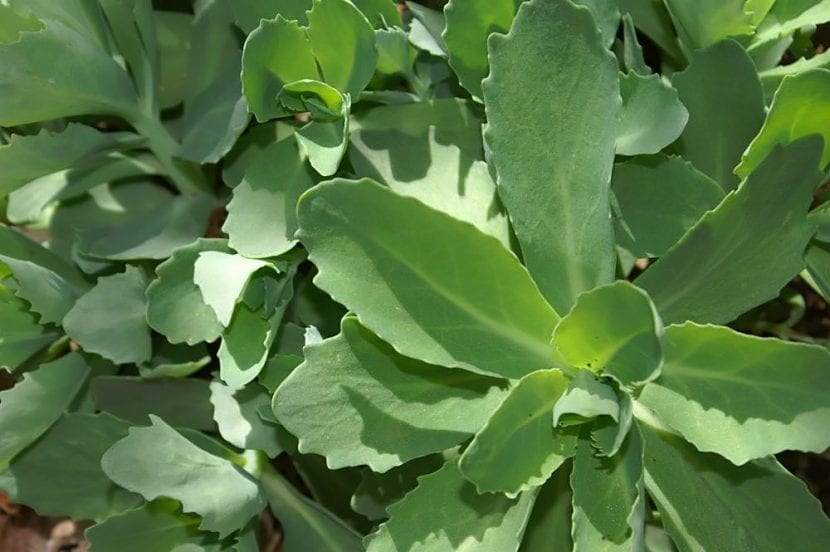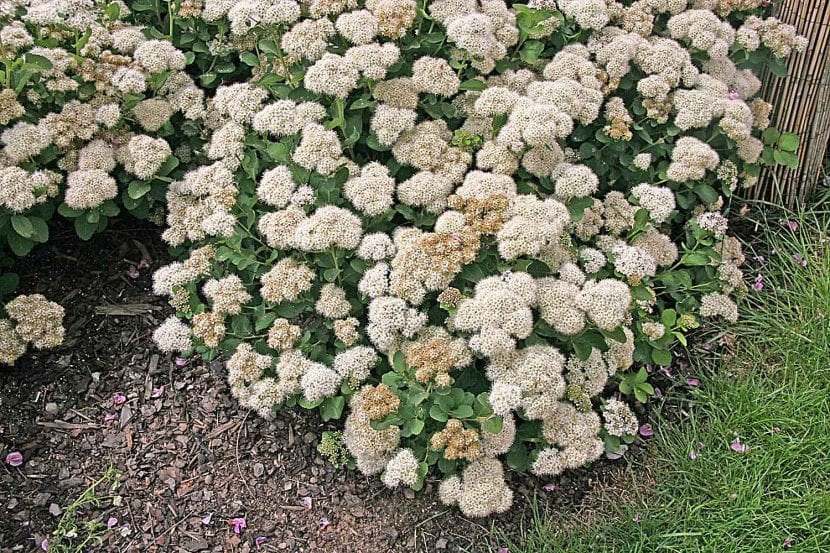
Image - Wikimedia / David J. Stang
Succulent or non-cactaceous plants are very easy to care for, but there are some, such as street grass, which is also very interesting for its medicinal properties. In fact, it is one of those that can not be missing in any medicinal garden.
Its maintenance is not complicated at all, it can even be easily multiplied by cuttings. Discover it.
Origin and characteristics

Image - Wikimedia / Prazac
The street grass, also called curalotodo, pink street grass, common anacansero, fabaria, callus grass, matacallos or orpina, is a crass plant native to the mountainous regions of central and southern Europe. Its scientific name is sedum telephium, and reaches a height of 30 to 60 centimeters, with an upright bearing. The leaves are flat and fleshy, greenish-blue in color, alternate and with a toothed margin.
Its flowers are grouped in inflorescences that sprout from terminal stems, and are purple or white.. It has a fleshy root that forms several small turnip-shaped tubers of a grayish color.
Properties
Its leaves applied directly to the area they are used to treat sores and wounds, in addition to how healing and callicidal (softens corns). As if that were not enough, it is astringent and, once burned, it serves as an insecticide.
What are their cares?

If you want to have a specimen of street grass, we recommend you take care of it in the following way:
- Location: it must be outside, in full sun.
- Earth:
- Pot: you can use universal growing medium mixed with perlite in equal parts.
- Garden: grows in fertile soils with good drainage. He fears waterlogging.
- Irrigation: it has to be watered about 3 times a week in summer and once a week the rest of the year.
- Subscriber: it is advisable to fertilize in spring and summer with specific fertilizers for cacti and other succulents following the instructions specified on the package, or with a tablespoon or two small blue nitrophoska every 15 days.
- Multiplication: by seeds and stem cuttings in spring-summer.
- Rusticity: resists cold and frost down to -3ºC.
What did you think of this plant?